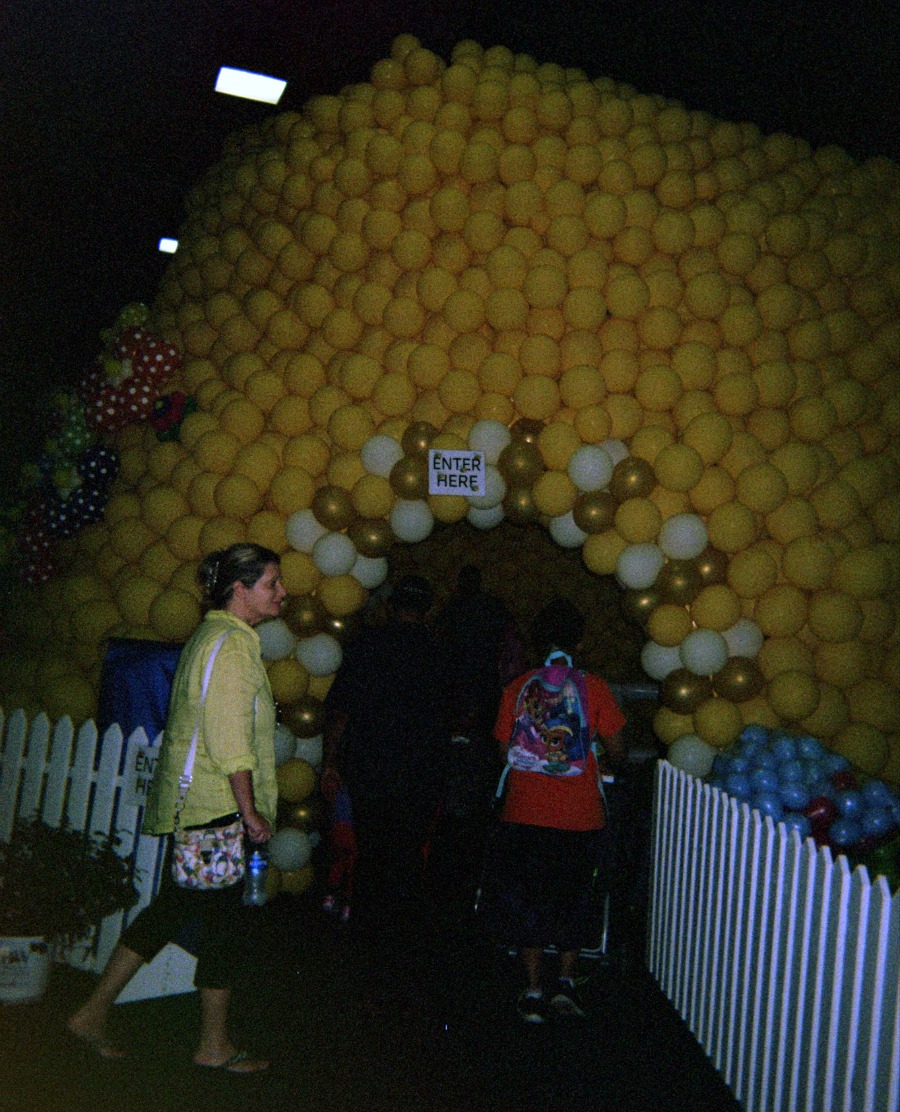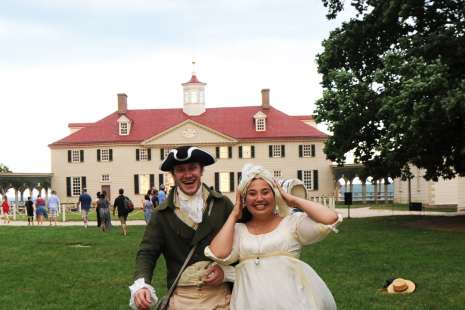How to foster child creativity in the classroom
Child creativity should be cultivated. Teachers can help kids by including activities that promote creativity in the classroom. Research shows that emotional contacts help kids develop their creativity skills. As an example, students are emotional connected to community problems such as domestic violence. This human touch inspires student creativity.
 Students can explore new topics that inspire creativity such as learning more about how cactus plants grow.
Students can explore new topics that inspire creativity such as learning more about how cactus plants grow.Challenging creative experiences can happen in the classroom. Teachers can encourage students to engage in frequent discussions and interactions. Making time for informal creative activities for students in classroom encourages child creativity. Teachers can also encourage the students in their classes to put away their mobile devices. Kids that use these devices when they are bored in class takes away from activities that stimulate creative thinking and problem solving.
Memorizing each student’s name helps students to interact with other students by using their names. This shows that teachers care more about their students in class by paying attention to their opinions and ideas. Students are encouraged to use their voices to share these thoughts with others when they know the name of every fellow student in their class.
What is a creative activity?
Active learning includes the use of many different types of creative activities. Games, web blogs, infographics, maps, concepts and study materials are tools teachers can use to encourage children to be creative and stimulate their natural curiosity. When students have fun in class, they put away their mobile devices. Instead their attention is focused on what their teacher is saying and are interested in the subjects they are studying. They no longer depend on mobile technology to alleviate boredom in class. This is a great way to encourage child creativity.
Hands-on field work and round-table discussions about interesting topics promote active learning in the classroom. When students have the opportunity to solve many problems through creative interactions in class, learning becomes exciting, fun and challenging. Teachers can help students overcome exam anxiety by allowing them to create some of the test questions.
Designing a designated space for exploration and creative thinking is one of the easiest ways to promote child creativity in the classroom. Challenging creative experiences happen when students are encouraged to explore topics of interest to them and that they are curious about. For example, kids are encouraged to read books about space or go on a virtual online tour of a spacecraft to satisfy their natural curiosity about space exploration.
Divergent thinking includes brainstorming, thinking differently and exploring different perspectives on a variety of issues and topics. Students can watch a TED talk from a renowned expert in child creativity. Teaching creative skills such as how to use imagination, self-motivation and work together with peers are all activities that promote creative thinking and child creativity.
Creative development stages used to develop child creativity
Creative activities for students can help them develop problem solving skills in different stages. The first step is to define the problem. Students should try to write the problem as if it were a headline in a newspaper. Another way is for students to imagine it’s one year from today. Some questions to consider include what did they solve in the last year? How is the world different based on the solution? What steps did the students take to solve the problem?
 Students can try to solve the problem of why bees are dying by visiting a replica of a beehive made of balloons at an exhibit at a fair.
Students can try to solve the problem of why bees are dying by visiting a replica of a beehive made of balloons at an exhibit at a fair.In class, students should explain the problem in up to 40 words. Then they can cut it down to 20 words. Next the word count should be reduced to 10 words and finally down to 5 words. The 5 words become the root of the problem. Students should use basic language and simple metaphors to explain this problem as if the were talking to a 5-year old child.
The next step is to brainstorm ideas. This can be accomplished through imaginative play activities. Playing the Ad Game involves people milling about the room. When someone suggests an idea, everyone agrees. Then the group continues to generate more ideas often building upon the last suggested idea. Another activity is called Dumbest Idea First. Teachers will encourage their students to think of the absolute dumbest possible solutions to a problem. Some ideas may not be all that dumb after going through the list again.
Students can pretend that they are either someone famous or someone they admire in the game What Would X Do. They would ask how the person they selected would use available options to solve a given problem. In the 10x10x10 Matrix, students generate a list of 10 problem solving ideas. Next, they would pick one of those ideas and generate 10 variations of that idea. From this list, one idea is selected to generate 10 more variations of that idea.
Step three is to conduct problem solving activities that would help the class narrow down their list of possible solutions to find the best solution. Some of these problem- solving activities include Futures Wheel, Thiagi’s 35, Idea Trial and Coin Flip.
Problem solving activities for step four helps the class to implement the solution to the problem they have decided to use. These interactive workshop activities include End in Mind, Idea Mock-ups, Gamification and Be a Character.
The final stage is to review the results. Activities to promote creative thinking include Apply McLuahn, Word on the Street, Stop-Start-Continue and Find the Funny.
The purpose of these problem-solving activities is to compile a creative development checklist that show teachers how to encourage creativity in the classroom. Students think about a problem in many different ways while having fun. As Einstein (probably) said, “The significant problems we face cannot be solved at the same level of thinking we were at when we created them.” Here are more ideas to promote creativity in the classroom.








